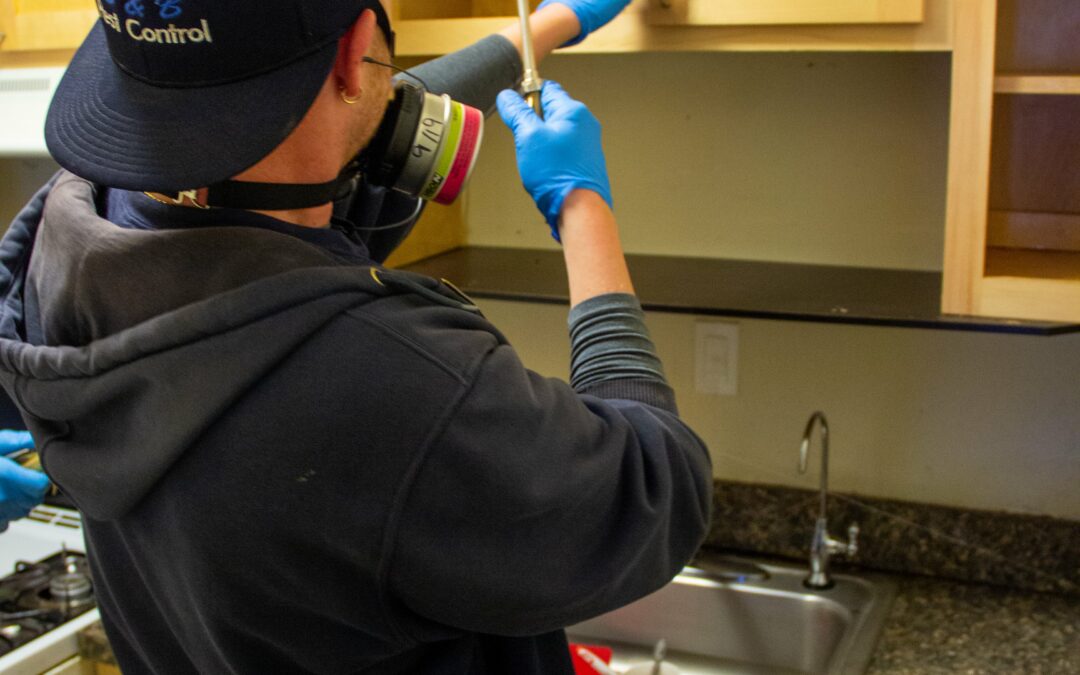Along with pavement ants and odorous house ants, carpenter ants are the most commonly controlled ant pests on both residential and commercial properties throughout the US. Carpenter ants pests are always a nuisance when workers enter homes to raid kitchens where they go after a variety of food sources including sweets, meats, grease, and grains. Some carpenter ant pest species are known for excavating nesting cavities within structural wood, most notably structural wood within wall voids, attics, and crawl spaces.
Although not all carpenter ant infestations see the pests nest within structural wood, most see workers establish secondary nests within dark, moist and well concealed indoor spaces. This makes detecting carpenter ant infestations exceptionally difficult, even for professionals, but given their reliance on water, nests are always located in areas where moisture levels are particularly high due to defects like plumbing and rainwater leaks. The northeast sees the greatest amount of structural damage caused by carpenter ant infestations, as the most destructive carpenter ant species in the country, the black carpenter ant (Camponotus pennsylvanicus), is particularly prevalent in the region.
More than 20 carpenter ant species have been documented as living east of the Mississippi River, and around eight of these species are categorized as indoor pests. Although it is often claimed that only three carpenter ant pest species inhabit Massachusetts, there actually exists seven, some of which are merely a nuisance. Since all carpenter ant species initiate colonies within natural wood sources that have accumulated moisture, their colonies are particularly abundant in northeastern forested regions. However, some northeastern carpenter ant pest species rarely or never nest within structural wood, making them economically insignificant pests.
In addition to the dominant black carpenter ant pest species, the smaller black carpenter ant (C. nearcticus), the red carpenter ant (C. chromaiodes), and C. herculeanus are known to nest within moist structural lumber. The black carpenter ant is between ¼ and ⅝ inch in length, making it an unusually large ant species, and they are aptly named for their shiny black exterior. The smaller black carpenter ant is similar to the black carpenter ant in appearance, except the former is around half the latter’s size. The red carpenter ant is equal to the black carpenter ant in size and color, with the exception of their reddish colored rear abdomen and legs.
Have you ever encountered carpenter ants within your home?

